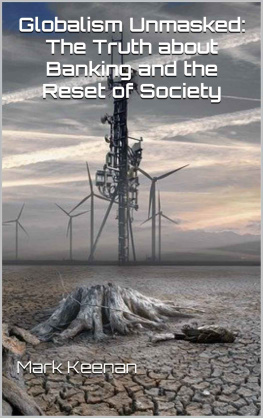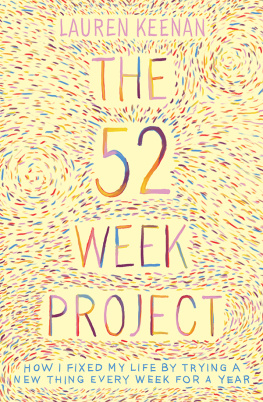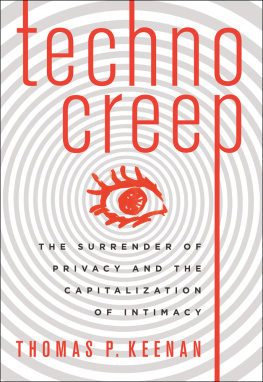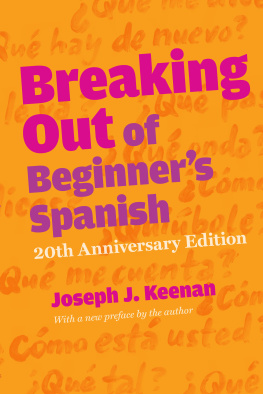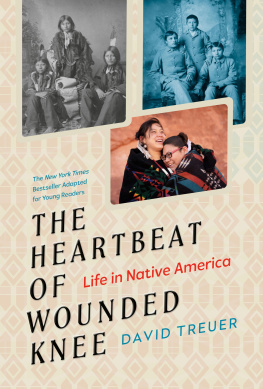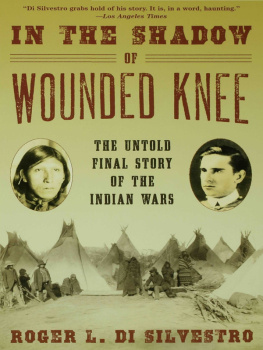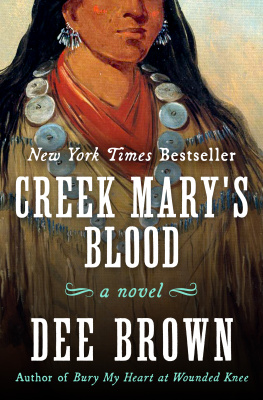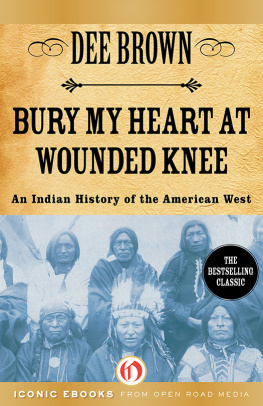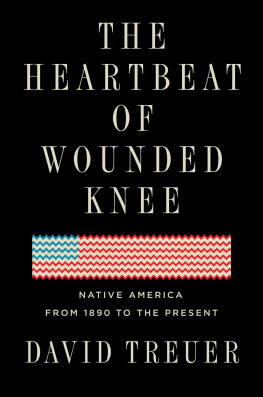
Also by JERRY KEENAN
Wilsons Cavalry Corps: Union Campaigns in the Western Theatre, October 1864 through Spring 1865
(McFarland, 1998; softcover 2006)
The Terrible Indian Wars of the West
A History from the Whitman Massacre to Wounded Knee, 18461890
Jerry Keenan

McFarland & Company, Inc., Publishers
Jefferson, North Carolina
All photographs are from the Library of Congress.
LIBRARY OF CONGRESS CATALOGUING DATA ARE AVAILABLE
BRITISH LIBRARY CATALOGUING DATA ARE AVAILABLE
e-ISBN: 978-1-4766-2310-8
2016 Jerry Keenan. All rights reserved
No part of this book may be reproduced or transmitted in any form or by any means, electronic or mechanical, including photocopying or recording, or by any information storage and retrieval system, without permission in writing from the publisher.
On the cover a print of The Custer Fight, the Battle of the Little Bighorn, showing Native Americans on horseback in foreground, 1903, Charles Marion Russell (Library of Congress)
McFarland & Company, Inc., Publishers
Box 611, Jefferson, North Carolina 28640
www.mcfarlandpub.com
For Dad
From Number One Cub
Acknowledgments
Writing is a lonely endeavor. Despite that, creation does not occur in a vacuum. In one way or another every author owes a debt of thanks to those innumerable souls who inspired, encouraged, and in countless other ways aided the end result of the authors labors. In my case, I can only humbly acknowledge that legion of scholars and writers whose diligent research immeasurably aided my own effort. To them, a heartfelt thanks. Thanks also to Bob Schram, BookendsDesign for creating the map for this volume.
That said, to my wife Carol I owe my deepest debt; her continued love and support made it all possible.
Preface
For many years, I have felt the need for an all-encompassing single volume history of the Western Indian wars. It seemed to me that a readable volume focusing on this subject would find a ready audience among readers of Western history and the Indian wars in particular, and accordingly, I set out to fill that need.
My objective was to create a readable narrative history of the Western Indian wars, using a selected body of secondary and some primary sources. It was not my objective to unearth new facts; to break new ground. Rather I set out to bring together the most recent works in the field, and from them distill a comprehensive, readable narrative, historically accurate, yet without the minutiae found in more detailed studies of individual campaigns and battles. The book seeks, simply, to tell what happened; what brought on the wars, and how they were prosecuted. For obvious reasons, not every skirmish or encounter is recorded here, but it is hoped that the narrative has succeeded in presenting a reasonably complete and factual picture of the Western Indian wars, one that will appeal to both the general reader of Western Americana as well as scholars.
As any historian will testify Indian accounts of historical events are scarce at best. Indigenous people did not have a written historical tradition, relying instead on accounts passed down from generation to generation, through oral tradition, pictographs, and winter counts. This method of preserving facts lacks the completeness and precision that white historians are fond of using. This is not to say that Indian accounts, where they do exist, lack validity, only that they contain less information and detail. Undoubtedly, some of these inter-tribal accounts survive to the present day among descendants, but remain unknown to historians and writers. I regret that this narrative was unable to include more such accounts. As it stands, I necessarily had to rely on available sources. It is hoped that in the future these unknown oral accounts will see the light of publication, thereby providing us with a fuller and more complete understanding of our common history.
While the nation was reaching for Pacific shores, settlement was the primary reason for expansion, but once that goal had been achieved, commerce, tinctured with more than a trace of imperialism became the motivator that fueled further expansion. This book, however, limits its scope to the period of continental growth; to those clashes of arms between Americans and indigenous peoples that came about as a result of the expansion that took place between the Mississippi River and the Pacific Ocean.
In shaping this narrative of the Western Indian wars, I tried to imagine the events from two diametrically opposed perspectives: that of the Anglo-European eager to seek his (or her) fulfillment in this land of seemingly endless opportunity, and the indigenous people who viewed this strange interloper, at first with curiosity, then with alarm, and finally anger, as he watched his traditional homeland and culture swallowed up by this seemingly inexhaustible tide of white men and their towns, their steel rails, and their fences.
Although I fully recognize the Anglo-Europeans vision of settling (if that is an appropriate term) the vastness of a land that God had surely intended for civilization, I could not help but feel deep sympathy for the people who lost their land and, most importantly, their culture. Of course they resisted; who among us wouldnt have? It is said that history is written by the victors, but it might be well to recognize and appreciate the price paid by the losers.
Earlier general works that covered some of the same ground, such as Cyrus Townsend Bradys Indian Fights and Fighters; Paul Wellmans Death on Horseback and Death in the Desert, and Dunns Massacres of the Mountains filled a niche in their particular eras, but all tended to be literary histories and left much to be desired insofar as scholarship was concerned. Since then there have been a broad range of books dealing with specific Indian wars, to say nothing of the various battles and campaigns. These have all provided great illumination, but no overall history of the Western Indian wars has appeared in recent times. Robert M. Utleys two superb studies, Frontiersmen in Blue and Frontier Regulars do cover the Indian wars of the West, but are essentially a history of the frontier military, while Dee Browns Bury My Heart at Wounded Knee chronicles the story of the Indian struggle from Columbus to Wounded Knee.
This present volume, then, seeks to fill a void by presenting a new inclusive study of the Western Indian wars, one that will enable readers to arrive at a fresh and more enlightened view of these terrible conflicts and, it is hoped, emerge with a deeper understanding of how they developed and the lamentable consequences that resulted. If history is to serve a useful purpose it must be not only to inform us about the past, but to illuminate a path to the future.
Finally, throughout this book I have referred to these conflicts as the terrible Indian wars, and terrible they were indeed, though not as costly, one might argue, as the Civil War. That great internecine conflict had given the nation a new meaning of suffering, one that was only a prologue to what lay ahead. Casualties on both sides during the Indian wars by contrast did not come close to equaling the horrendous casualty lists of our Civil War, or the conflicts yet to come, but in their own way, the Indian wars were cataclysmic in that they witnessed the annihilation of an entire culture.
Next page

